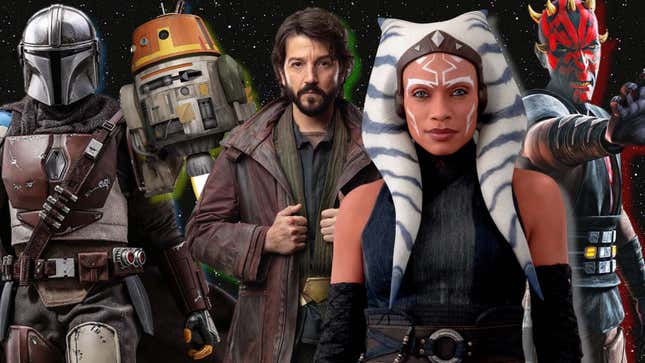
Image: Disney / Lucasfilm / Kotaku
Ever since Disney bought Lucasfilm back in 2012, there’s been a steady drip feed of Star Wars television shows airing on Disney+. Before that, we had a few shows set in George Lucas’ space opera universe, but they were only animated series (mostly) geared towards children. Since the Disney deluge, Disney has released 15 different Star Wars series, one a continuation of The Clone Wars animated show; the rest all brand-new.
Some of them, like 2022’s brilliant Star Wars spy thriller Andor (a prequel to Rogue One starring Diego Luna) are excellent. Some, like The Book of Boba Fett, a limited series that tried to make an exciting show out of everyone’s favorite mostly-silent bounty hunter, feel more like Disney taking action figures and smashing them together on a soundstage. When Star Wars TV is good, it’s whip-smart and inspiring, but when it’s bad it’s like that muck at the bottom of the trash compactor in A New Hope.
So, we ranked the 15 Star Wars TV shows (not including the ‘80s animated series, sorry), from worst to best. Click through to see how everything shook out.
The pitch for The Book of Boba Fett was incredible: a big-budget live-action spin-off of The Mandalorian starring Boba Fett as he takes over Tatooine and becomes a powerful criminal kingpin following the death of Jabba the Hutt. That sounds amazing. Sadly, there wasn’t much story to tell, and the show meandered around for a few hours while tossing in some fan service to hide how empty it was. It’s telling that the best part of The Book of Boba Fett is the two Mandalorian episodes shoved in the middle of the short season.—Zack Zwiezen
Unfortunately, Young Jedi Adventures is so far down on this list because of ageism—kind of. This series is the most geared-towards-children of any Star Wars show—it’s on Disney Junior, which means it’s aimed at really young kids (like 2-7 young), so it’s pretty tough to watch if you’re a childless 34-year-old woman. It’s a weird little kids show that I’d guess is easy to throw on when your toddler is pitching a fit so they can be distracted by whooshing lightsabers and spaceship sounds, and the animation is pretty cute, but there’s not much else to be said about a show that none of us here are the target audience for. — Alyssa Mercante
Poor Star Wars: Resistance. It could have been something special, but instead, it got saddled with the unfortunate task of trying to exist within the, at the time, still-being-developed sequel trilogy timeline. So it felt like it could never push too far or take too many big swings with its cast of lovable hotshot pilots living on a giant oil rig-like platform. Poe Dameron, voiced by Oscar Isaac, shows up a few times and that’s cool. But it’s not enough to make Resistance more than a colorful but empty side-story that feels even less important in 2024 than it did back in 2018. — ZZ
I desperately wanted the Obi-Wan Kenobi series to be good, as it promised to reunite actors Hayden Christensen and Ewan McGregor and to bridge a gap that was, for nearly two decades, only ever broached by the Clone Wars animated series. I had hoped that Kenobi would flesh out the Anakin/Obi-Wan dynamic in live-action and show us how their relationship was much more akin to that of brothers, rather than just merely master and apprentice, and that it would give Christensen a chance to enjoy some proper Star Wars love after he’d been the subject of so much ire as the prequels were released in the late ‘90s/early aughts.
But, alas, Obi-Wan Kenobi focused far too much on a young Leia and her relationship with Obi-Wan, bizarrely retreading tired characters and tropes while also trying to create new problems and plot points when there’s been a good story to be told sitting right there (Anakin and Obi-Wan’s bond during the Clone Wars), waiting patiently, for years.
Though McGregor deftly portrays an Obi-Wan so destroyed by the events of Episode 3 that he’s fully withdrawn from society, so scarred by the loss of his “brother” and his fellow Jedi that he can’t successfully keep his emotions from overwhelming him, we just don’t get enough of that. The show incessantly trots out child Leia (Vivien Lyra Blair, who is great) like a prized pony. “Look, remember her? She’s a kid now!” Yawn.
The brief scenes of Anakin and Obi-Wan together start to paint a clearer picture of their dynamic, but we never get a chance to see the finished painting. Instead we are repeatedly pulled back to young Leia and to a new Inquisitor struggling under the weight of Sith pressure (Reva, played by Moses Ingram), and told we should care about this, not that.
McGregor’s recent comments gave me some hope that a potential second season of the series could provide the live-action Clone Wars we’ve been searching for, but I won’t hold my breath. — AM
Ahsoka has potential. It picks up where animated series Star Wars: Rebels left off and switches over to live-action to give us our first-ever look at beloved characters in a different medium (Rosario Dawson as Ashoka Tano, Mary Elizabeth Winstead as Hera Syndulla, Natasha Liu Borduzzo as Sabine Wren, Eman Esfandi as Ezra Bridger). But that potential, like so many Star Wars projects, is only half-realized.
There are shining moments in the first season, like when Ahsoka meets Anakin (the Hayden renaissance is upon us) in the World Between Worlds, or whenever Shin Hati (Ivanna Sakhno) is on-screen. There are some great lightsaber fights, too, and David Tennant’s return as a sarcastic droid is perfection. But Ahsoka eventually falls victim to the persistent Star Wars curse, curling in on itself and the franchise’s established lore like a big nostalgia ouroboros. There are moments of delicious nostalgia for us Clone Wars and Rebels sickos, don’t get me wrong, but by the end of the first season it feels like Ahsoka is running on fumes.
A second season unburdened by the connective threads of Rebels could propel this series higher up the list. Stay tuned. — AM
Genndy Tartakovsky’s Clone Wars is just plain cool. I wasn’t actually a Star Wars fan for a large chunk of my youth and found the milieu of the prequels pretty off-putting and boring. I didn’t want to hear about blockades or embargoes, and the inner workings of the galactic senate put me to sleep.
I wanted more action, more style, more flair, and I only really got that in the brief, 2D-animated minisodes of Tartakovsky’s Clone Wars that aired between shows on Cartoon Network. There was no better creative force to stick on the job either, considering Tartakovsky’s work on Samurai Jack had already impressed and enraptured me. This Clone Wars series is action-packed, stylish, and economic in its storytelling, and that is largely thanks to the vision of Tartakovsky.
Clone Wars still kind of feels like the template for some of Star Wars’ best material. The mainline film saga has always painted in broad strokes, rarely affording time to dig into characters and moments across its vast timeline. This Clone Wars show was one of the first times I could remember the franchise carving out the time to make a bigger deal of the actual war that is supposed to be raging in the background of the prequels. It’s intimate in a way the movies rarely are—when Star Wars narrows its focus to hone in on a set of characters for an extended amount of time, rather than treat them like a cog in a big-ass storytelling machine, you get stuff like Andor, The Acolyte, or even the follow-up Clone Wars show that is now championed as some of the best work in the whole franchise.
I simply don’t believe we would have much of Star Wars’ best stuff if this early animated series hadn’t shown the value in the series pumping the brakes on the larger movements of its sweeping epic and taking its time to focus on some key players and a handful of pivotal moments. — Moises Tavares
As the first live-action Star Wars show, there was a lot of hype and eyeballs on The Mandalorian. And thankfully, it mostly succeeds at taking the big, campy adventurous spirit of live-action Star Wars films and squeezing it into weekly episodes of a TV show. It also introduced Grogu aka Baby Yoda, a small child-like example of the alien race known only as Yoda’s species. Grogu became an overnight pop culture icon and helped make The Mandalorian even bigger.
The show is pure Star Wars fan service, but it’s big-budgeted and fun fan service delivered in a weekly package with guest stars like Jack Black and interesting bits of post-Return of the Jedi lore sprinkled in to keep super fans excited. It’s not high art, but it’s entertaining sci-fi and that’s really all Star Wars needs to be most of the time to work. — ZZ
The Tales of the Jedi anthology is very good (you’ll see why on the next slide), so it makes sense that Disney would try and milk the cash cow some more with Tales of the Empire. Though it looks just as good as its benevolent predecessor, Empire is less consistent, with really good episodes (the first and third episodes in each arc) and some bad ones (the middle episodes in each arc). Morgan Elsbeth and fan-favorite Barriss Offee are the central characters in Empire, and their stories are solid—it’s just both of their damn middle episodes, which feel like unnecessary filler thrown in to make sure Empire wasn’t a shorter series. Gotta love Disney logic. — AM
Any series that features Yaddle is good in my book. But even without Jedi Master Yaddle, Tales of the Jedi is some wonderful Star Wars storytelling. It follows Ahsoka Tano and Count Dooku, showing us previously unseen moments from their lives. With Ahsoka, we see her as a baby, a teenager fighting in the Clone Wars, and an adult living out on her own after leaving the Order. Meanwhile, we watch how a noble and trusted Jedi, Dooku, could become disillusioned with the Jedi order and fall to the Dark Side.
While Ahsoka’s episodes are great—the highlight being an episode that shows her training endlessly against the Clone Troopers, which gave her the skills to survive the Purge—the real highlight of Tales of the Jedi is Dooku.
We get to see how he fell to darkness and joined up with the Emperor, and witness the big revelation that the Emperor didn’t have to promise him power or money or anything like that. Instead, Dooku watched people suffer and die while the Jedi, in his opinion, didn’t do enough to stop it or investigate. After that, all it took was a bit of a push to convince him to turn on the Jedi and the Republic. Watching him kill Yaddle (RIP) makes it clear that he’s conflicted, but convinced that this is the right path. A sad end for a once-noble Jedi, but a hell of an anthology series. — ZZ
When it was announced back in 2021 I was very excited for Star Wars: Visions, an anime anthology of original stories from iconic Japanese animation studios. The two seasons we’ve gotten so far have more than lived up to expectations, offering up beautifully realized, endlessly creative, and fantastically hopeful Star Wars stories across its 18 episodes. Visions is proof of the creative potential of opening up major IPs like Star Wars as a sandbox for more people to play in, and not setting restrictions on what those new visitors create.
From “Screecher’s Reach,” a beautiful retelling of Irish folklore in which the banshee is instead a Sith Mother, to “The Village Bride,” a fascinating, Kurosawa-esque tale of a Jedi on the run who is pulled into the bizarre but beautiful ways of a remote village’s wedding preparations, Visions is, well, visionary. Disney and Lucasfilm should aim for more Star Wars media to be like this, not less. — AM
Oh, The Acolyte, you were too pure for this world. How dare you tell a brand-new Star Wars story during a never-before-seen-in-live-action era starring several actors of color that lambastes the small-mindedness of the Jedi Order and has an enemies-to-lovers plot point? Notoriously close-minded sects of the Star Wars community hated The Acolyte before it even aired, and relished in its cancellation. But The Acolyte isn’t a bad Star Wars show, it’s just a victim of modern television and ballooning budgets.
Though it tripped on its own two feet midway through the first (and now seemingly only) season, The Acolyte gave us the best live-action lightsaber fight since Duel of the Fates, a deliciously deviant villain in Manny Jacinto’s Qimir, a pointed critique of the pointless rigidity of the Jedi Order, and new characters who immediately endeared themselves to us. It’s an inspiring show that’s fresher than drinking Bantha milk out of the damn bucket, with great performances from Jacinto, Lee Jung-jae, Amandla Stenberg, Carrie-Anne Moss, and Dafne Keen. It has a tactility to its set and costume design reminiscent of old-school Star Wars. It lovingly embraces what makes the franchise special while turning its back on what makes it reductive.
Perhaps Star Wars didn’t deserve The Acolyte, but The Acolyte deserved better. — AM
Star Wars has long been about ragtag groups coming together to form found families as they fight back forces more powerful than themselves in a desperate effort to save the galaxy, or at least survive for one more day. And Star Wars: The Bad Batch, a spin-off of Clone Wars starring a squad of “defective” elite troopers, follows that classic Star Wars playbook perfectly.
At first I was worried the series, set shortly after the events of Episode III, would feel too by the numbers. But as it progresses, Bad Batch uses the Star Wars formula to tell a story of loyal soldiers now faced with the fact that their side is the bad side and the galaxy is a worse place because of them. It’s a dark time in Star Wars, and Bad Batch doesn’t shy away from sad or mature moments. It’s not quite Andor, but this is a series that’s not afraid to kill characters or show how defeated the galaxy is post-Episode III’s Jedi Purge and the rise of the Empire.
What could have been a silly show about weird Clone Troopers getting into random adventures each week is actually a series about betrayal, destruction, hope, and perseverance that also helps fill in some lore gaps in this era of the franchise. In other words, you should probably watch Bad Batch! — ZZ
I remember when Rebels was first announced and the reaction from Star Wars fans was, unsurprisingly, very negative. People complained that it didn’t look good, they were upset that it seemingly killed The Clone Wars, and as the first new Star Wars series from Disney, a subset of fans assumed it would be a terrible thing designed to rewrite lore and erase past Star Wars adventures.
All of these complaints and fears would end up being completely wrong. For one thing, Rebels’ art style was directly inspired by original concept art for the old Star Wars movies and as the series continued, its animation got better. It’s now considered one of the best-looking Star Wars shows around. It also didn’t kill The Clone Wars; instead, it was a sequel to that series. But before revealing that to fans, it introduces a new cast of plucky-but-flawed scoundrels, including a former Jedi, and slowly turns them into fan-favorites as they take on Thrawn, a character from the EU brought into canon via Rebels.
Then, once series supervising director Dave Filoni and Lucasfilm had introduced new characters and developed them into fully fleshed-out heroes worth caring about on their own, they revealed that Rebels was a continuation of Clone Wars. Ashoka and Rex were back. Hondo was here. Darth Maul returned. Story threads and lore first featured in Clone Wars got picked up in Rebels, like the Dark Saber and the fate of Mandalore. And then Lucasfilm ended the series on a cliffhanger, and all those fans who complained about Rebels were begging for a resolution that wouldn’t come until the live-action Ahsoka series in 2023. Now that’s how you run a large franchise TV series. — ZZ
Maybe my most successful tweet ever was this one, four images from episode five of Andor accompanied by my reaction: “Whoa.” In those images, young Karis Nemik, the most intellectually engaged member of the small band on Aldhani planning a massive heist of Imperial wealth, passionately imparts some of his ideas to Cassian Andor, who is undergoing his own reluctant political awakening. “So much going wrong,” Karis says, “so much to say, and all of it happening so quickly. The pace of repression outstrips our ability to understand it. And that is the real trick of the Imperial thought machine. It’s easier to hide behind 40 atrocities than a single incident.”
My hair stood on end upon hearing those words, a clear, truthful insight into how systems of oppression maintain their dominance, not just in that galaxy far, far away, but here in our world, too. For me, this conversation marked one of the most exciting moments in all of Star Wars, more thrilling than many of the franchise’s space battles and lightsaber clashes: here was a bold, unapologetic staking of ideological ground, a dazzling reminder that Star Wars could be, and should be, about something.
And this isn’t, as some may claim, Andor coming along and needlessly making Star Wars political. It’s a bold reclaiming of the political heart that was always there. Just watch this excerpt from an interview between George Lucas and James Cameron, in which Lucas asserts that his focus, as a student of anthropology, is “social systems.” Cameron then observes how interesting it is that in Star Wars, “the good guys are the Rebels, they’re using asymmetric warfare against a highly organized Empire. I think we call those guys terrorists today.” Lucas responds, “When I did it, they were Viet Cong,” which makes the Empire of the original 1977 film—dun dun DUN!!!!!!!—the good ol’ U.S. of A.
Of course, over the decades, there have been many real-life Empires and many real-life Rebellions, and sadly, those core political themes of oppression and resistance at the heart of Star Wars have never been made obsolete. If anything, they feel more urgently relevant today than ever. But what makes Andor so extraordinary isn’t just the fact that it unabashedly and explicitly reclaims this radical, anti-fascist political ground for the colossal franchise. Of course it’s possible to write a story with radical politics that’s clunky and boring, that feels more driven by ideology than by characters with real desires and convictions. But Andor is extraordinarily successful on this level, too. In the hands of showrunner Tony Gilroy, who also wrote and directed the exceptionally smart and thrilling 2007 film Michael Clayton, Andor’s characters and themes are organically fused, with its fascists as complex and believable as its anti-fascists, and with every rousing speech—like the one Stellan Skarsgård stirringly delivers as Luthen Rael, revealing all the things he has sacrificed in pursuit of liberation, and the one Fiona Shaw’s Maarva Andor delivers from beyond the grave, urging those she’s left behind to “fight the Empire!”—feeling not like a bad writer heavy-handedly working some ideological message into a story where it doesn’t belong, but rather like a wholly believable and necessary expression of that character’s convictions.
Every day now—every tragic, horrible day—it feels more and more plainly true that Karis was right: there’s so much going wrong, and all of it’s happening so quickly, and that the sheer number of atrocities being funded and committed only makes it easier for the governments doing so to hide behind them. Andor is full of thrilling action and wonderful characters, all of the things we’ve always come to Star Wars for. But it’s also an urgent reminder of what Star Wars has always really been about. Know an evil empire when you see one. — Carolyn Petit
The animated Clone Wars series started off as an okay-but-not-great show that filled in the gap between the prequel movies of Episode II and Episode III. But as the series continued, it quickly became fantastic, not only filling in the gaps left by the films, but providing us something they didn’t: Chemistry between Anakin and Obi-Wan.
If you just watch the prequels, Anakin and Obi-Wan barely seem close, let alone like brothers, and the actual Clone Wars are a background detail that feels far away and weirdly not all that dangerous. The animated series fixes this, providing us with an action-packed and well-written series of arcs that not only show us what happened during the Clone Wars but also how Anakin slowly moves toward the dark side, the things that push him there (the Jedi, mostly), and his inevitable fall to Darth Vader.
Most of Star Wars outside the movies can be skipped unless you love the franchise and want more of it. Clone Wars is the big exception. So much of Clone Wars has continued to appear in books, comics, games, movies, and other TV shows. Ahsoka’s arc starts here. It’s where we meet Hondo Ohnaka. And it’s the series that Rebels builds off of which itself has become a backbone of modern Star Wars. Clone Wars is a key piece in all of this and essential viewing if you want to understand the Star Wars universe. And lucky for you, (most of) the show is really good. — ZZ

 4 months ago
127
4 months ago
127
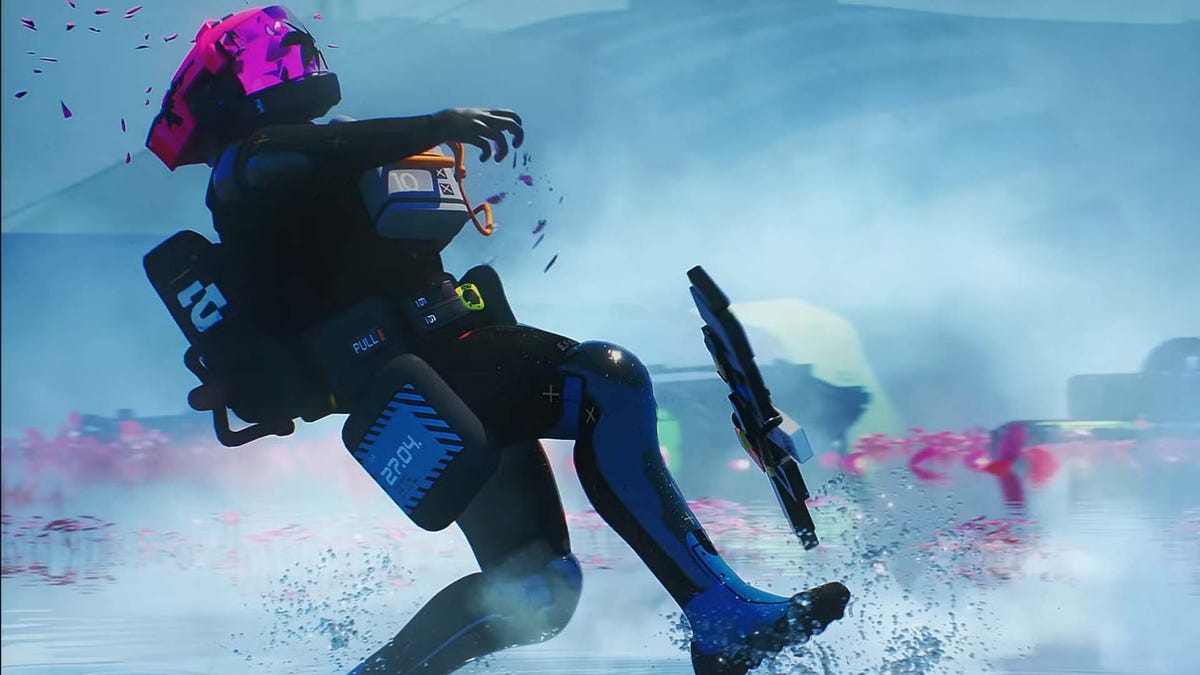
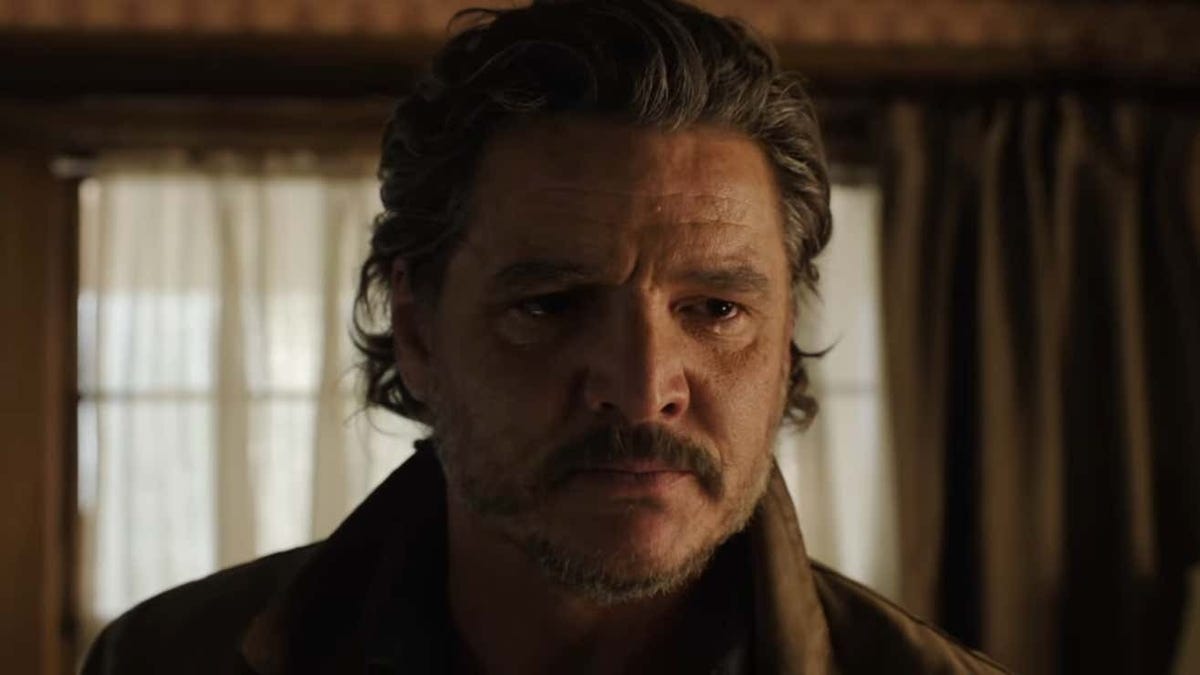
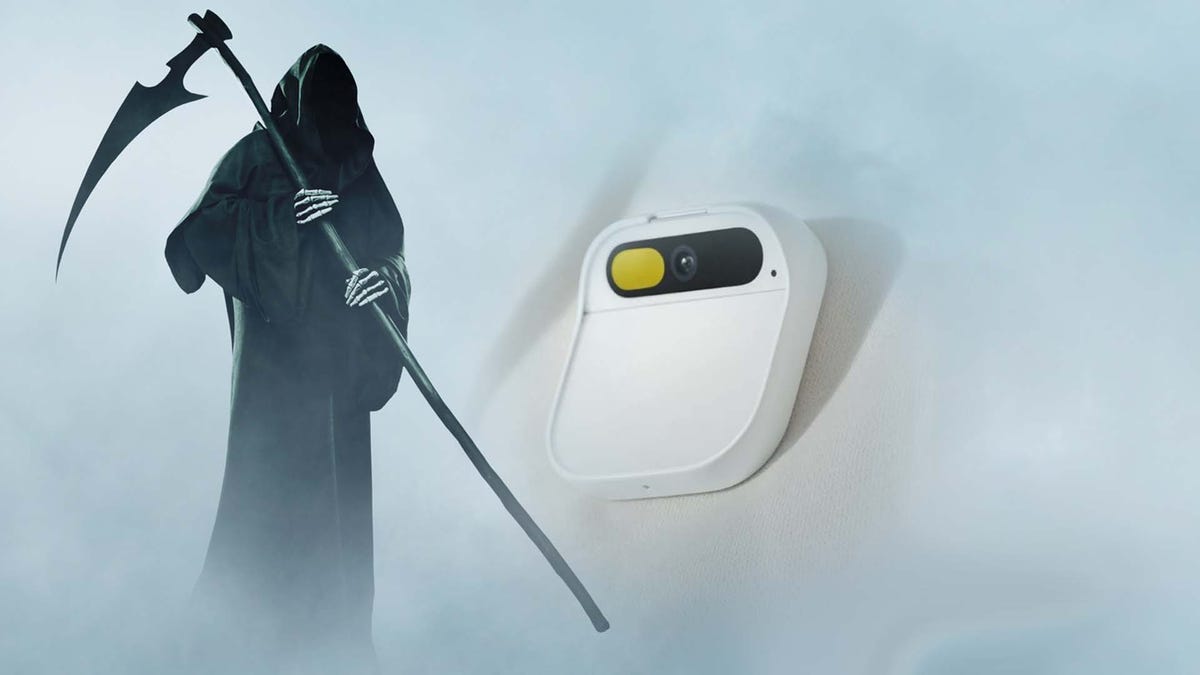
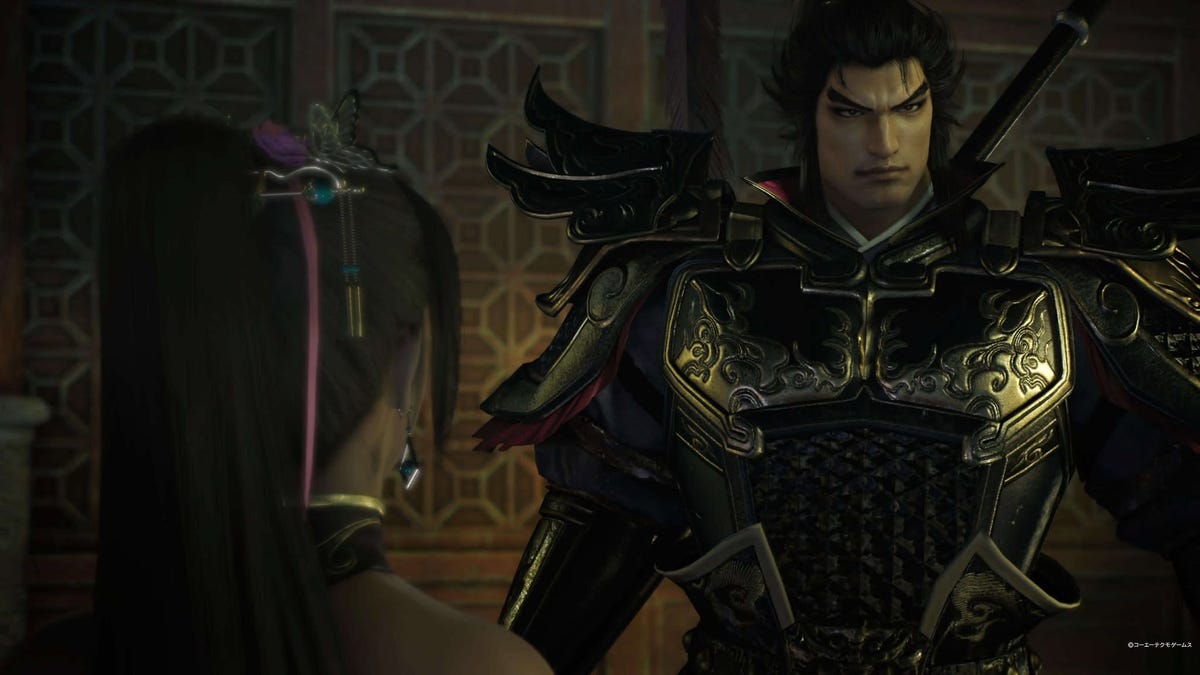
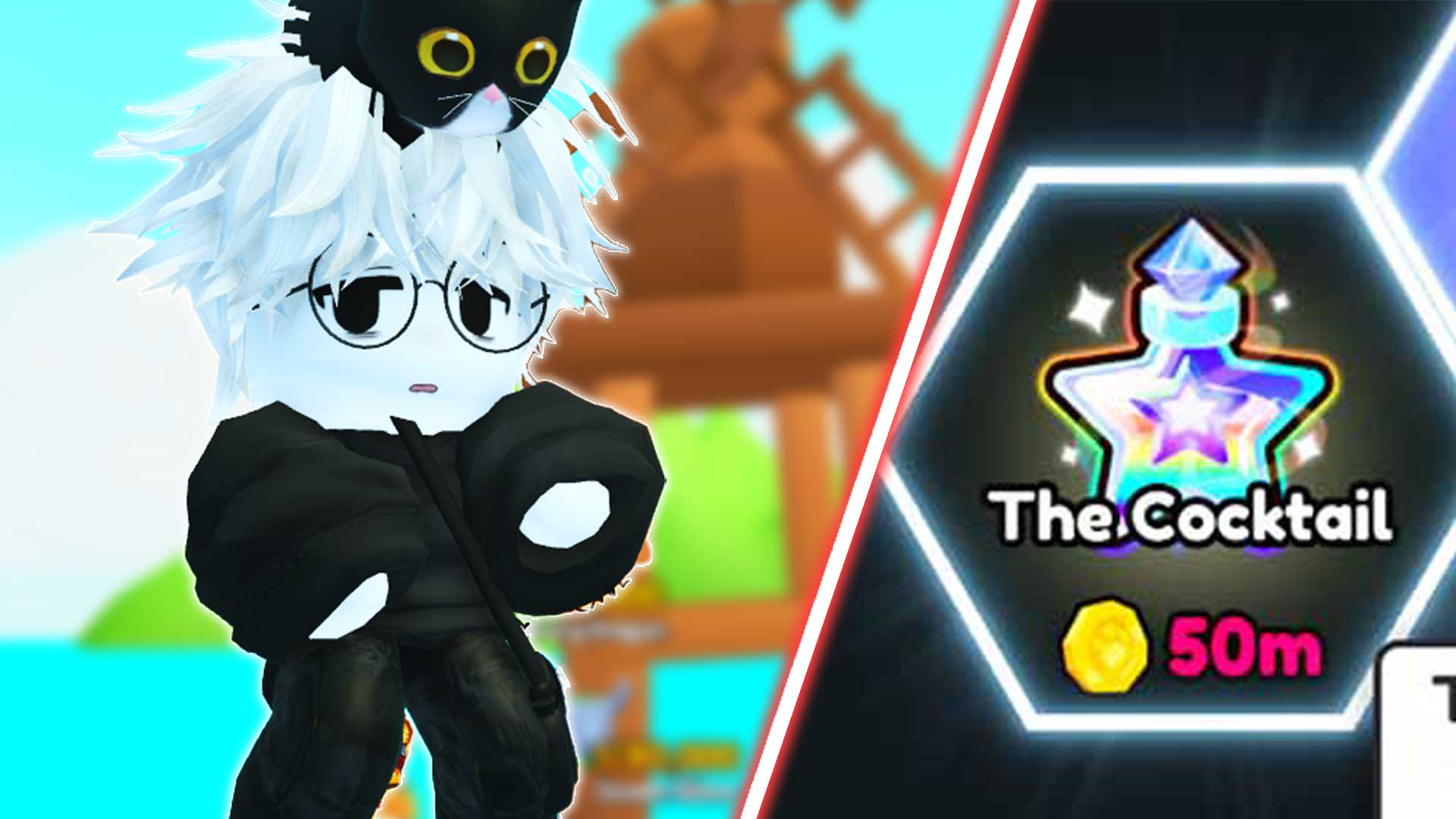
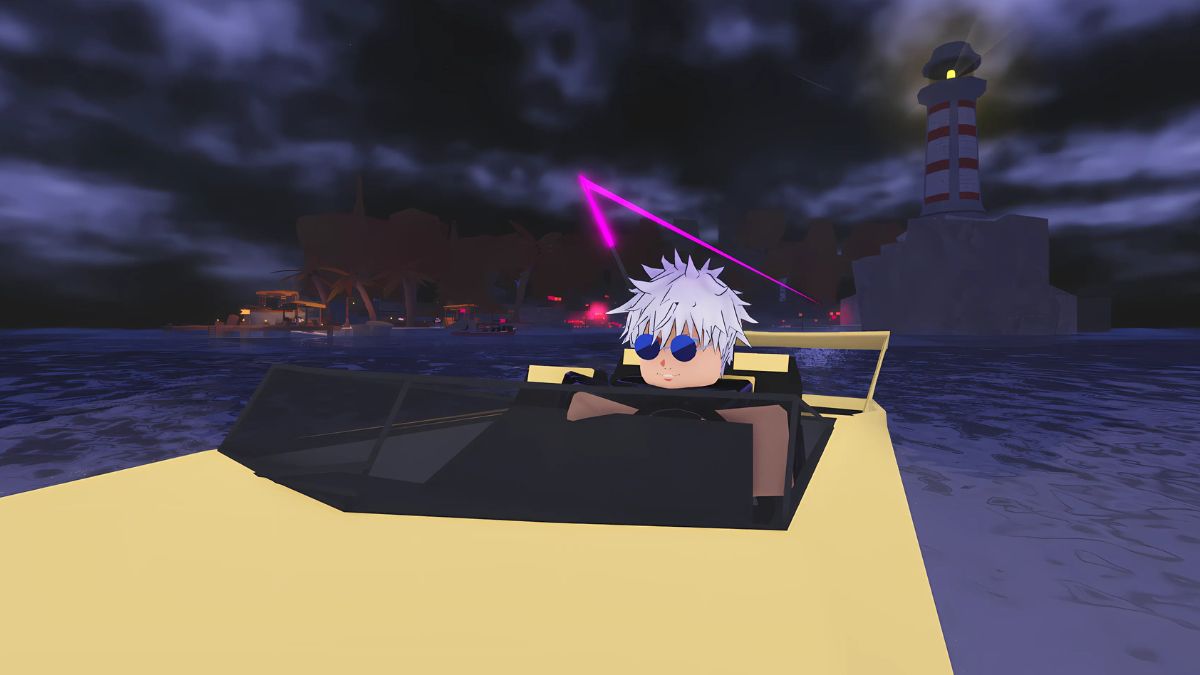
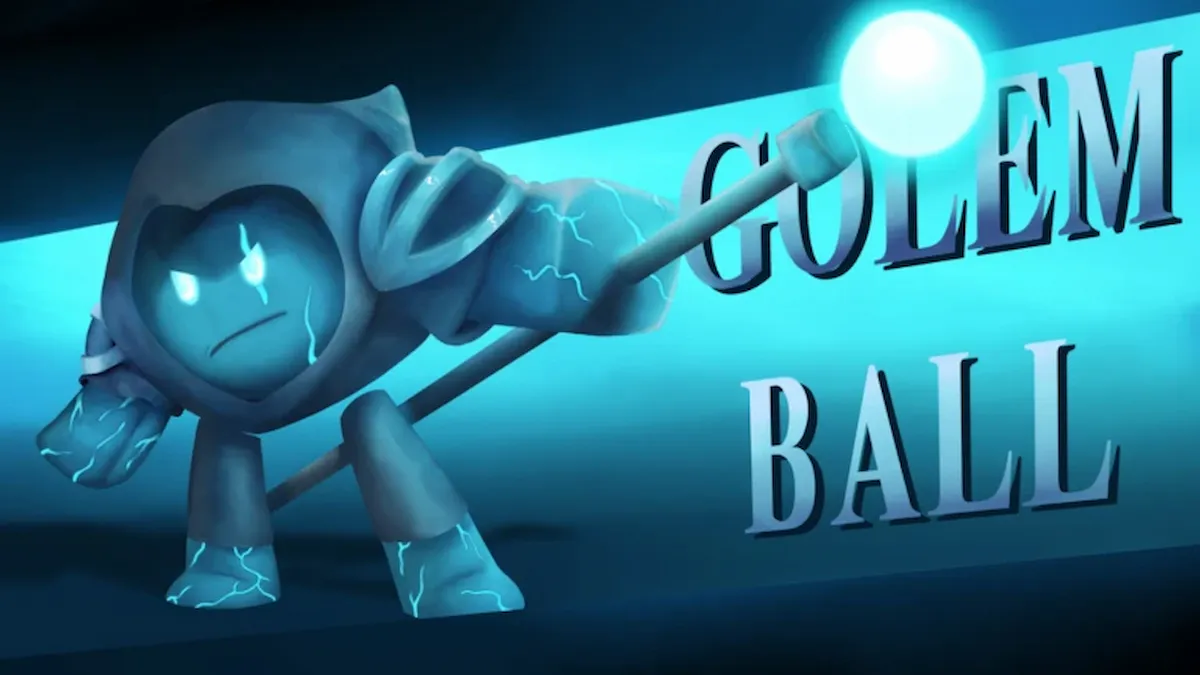
![Anime Reborn Units Tier List [RELEASE] (November 2024)](https://www.destructoid.com/wp-content/uploads/2024/11/anime-reborn-units-tier-list.jpg)
